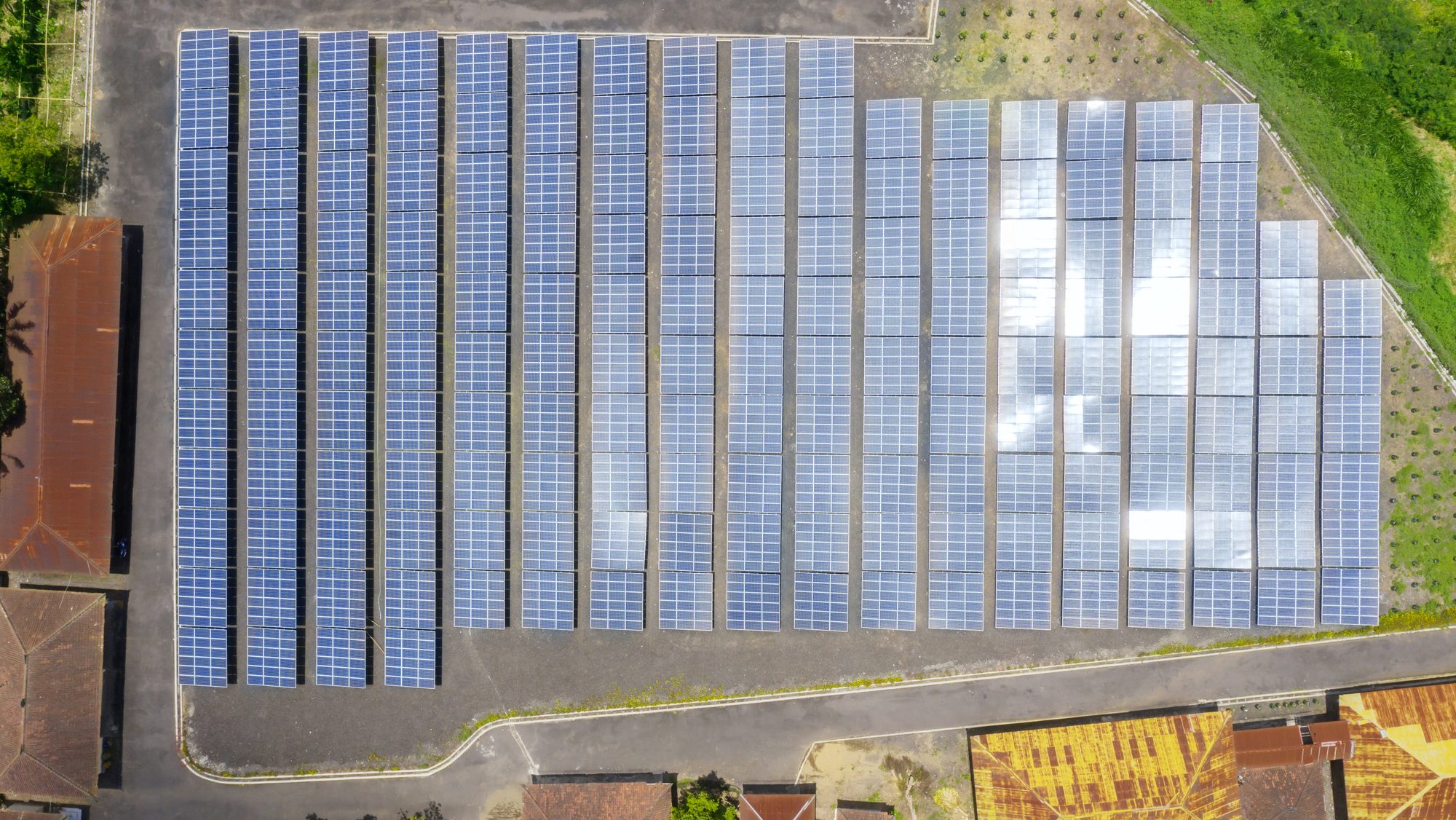SINGAPORE: Singapore’s Energy Market Authority (EMA) has given conditional approval to Sun Cable to import 1.75 gigawatts (GW) of low-carbon electricity from Australia’s Northern Territory to Singapore, according to Tan See Leng, the Minister for Manpower and Second Minister for Trade and Industry.
According to The Edge Singapore, Mr Tan said at the Asia Clean Energy Summit (ACES) 2024 on Oct 22 that Sun Cable must further validate its technical and commercial plans and obtain all necessary approvals from the relevant authorities, including those in the countries where the subsea cables will be laid.
Sun Cable is behind the ambitious US$24 billion (S$31.6 billion) Australia-Asia Power Link (AAPowerLink) project.
This plan involves laying a 4,300km subsea power cable connecting a solar farm in Australia’s Northern Territory to Singapore, passing through Indonesian waters.
Given the size and distance of the project, Mr Tan believes it will not be operational until after 2035. When completed, it is expected to support the Asean Power Grid and provide Singapore with an extra source of low-carbon electricity.
The project aims to supply up to 6GW of low-carbon electricity to industrial customers in Darwin, the Northern Territory’s capital, and Singapore.
The first phase includes 4GW of solar panels and an 800km overhead cable to Darwin, which received environmental approval from the Australian government in August.
Sun Cable said they expect to make a final investment decision in 2027, with electricity supply starting in the early 2030s.
Toh Wee Khiang, director of the EMA, noted that the project has captured attention due to its “sheer ambition.”
Once completed, the AAPowerLink will be the longest subsea power cable in the world, surpassing the 4,000km Xlinks Morocco-UK Power Project, which is still being developed.
However, the project faces significant technical challenges. Mr Toh explained on LinkedIn that it must cross the Timor Trough, which involves “unspooling a very heavy power cable down to the ultra-deep seabed.”
Mitesh Patel, interim CEO of Sun Cable, called the EMA’s conditional approval a “vote of confidence” from the Singapore government.
He expressed confidence in meeting the conditions for the licence, which include ongoing design refinements to meet the EMA’s technical requirements while offering affordable electricity to customers.
In November 2022, the company formalised their collaboration with Indonesia’s energy ministry by signing a memorandum of understanding (MOU) during the G20 business summit.
In January 2023, Sun Cable faced difficulties due to a disagreement between two major investors, Andrew Forrest and Mike Cannon-Brookes.
They clashed over whether to stick to the plan for solar power exports to Singapore or shift focus to producing green fuels. However, Cannon-Brookes bought the company in May 2023, allowing the project to move forward.
Recently, Singapore raised its target for low-carbon electricity imports to 6GW by 2035, an increase from 2021’s 4GW.
The EMA stated on Sept 5 that electricity imports could meet one-third of Singapore’s energy needs by 2035, with some contracts starting as early as 2028. /TISG
Read also: Singapore to import 1.4 GW of solar power from Indonesia, following 2 GW deal
Featured image by Depositphotos

